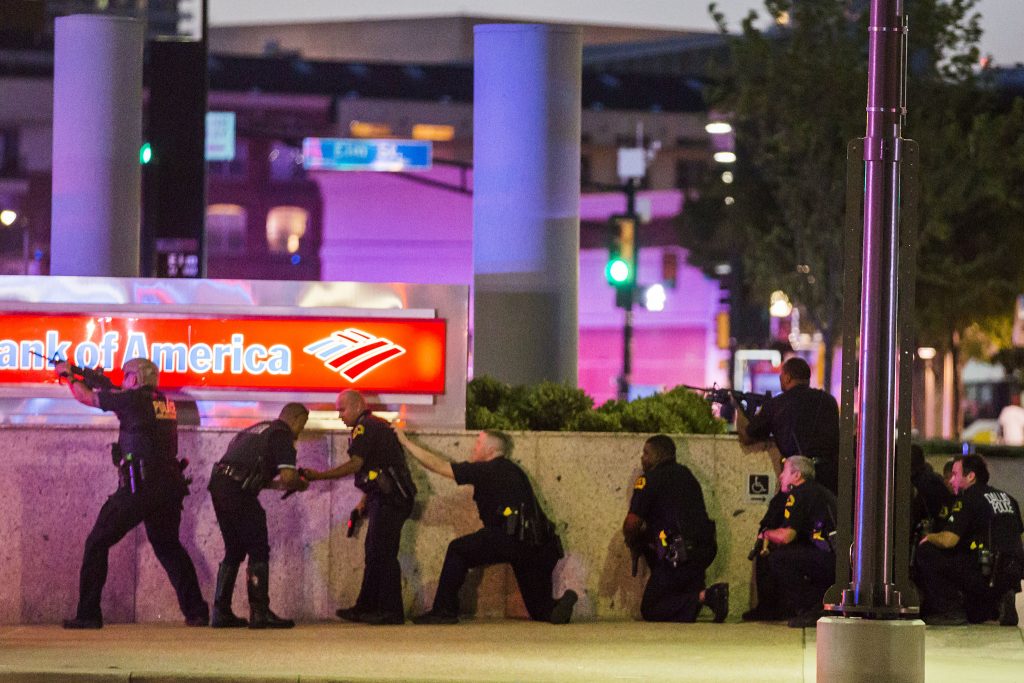
By Charles Bausman & Rob Shaul
Motivations behind active shooter attacks vary, but the tactics are similar. One to two active shooters, armed with semi-automatic rifles and semi-automatic pistols, select a densely populated location. Specific victims are not necessarily pre-selected, but rather a segment population is targeted based on the shooter’s selected location.
Following a period of rapidly engaging victims, the shooter will egress to either flee or barricade themselves, with or without hostages.
The 1999 Columbine school shooting in Colorado led to a dramatic change in law enforcement response to active shooter threats. Police did rapidly respond to the shooting at the high school, but waited for SWAT personnel to conduct a clear of the building.
This wait led to several more students killed or succumbing to wounds without medical care.
The “rapid response” now recommended by the Federal Law Enforcement Training Center (FLETC) dictates that whichever patrol unit is nearest to the incident respond and immediately take measures to remove the threat.
While SWAT teams are more properly equipped and trained to respond to active shooters, the time for SWAT response can jeopardize additional lives.
Seconds count – one study found one person is shot every 15 seconds in active shooter incidents.
Practically, this means the 1-2 patrol officers first on scene are tasked to remove the threat, despite being undermanned, often out-gunned, and perhaps under-equipped and under-trained.
CASE STUDY: Dallas

Micah Johnson, motivated by recent police shootings of black men, opened fire on law enforcement officers escorting a peaceful “Black Lives Matter” demonstration in downtown Dallas. Utilizing a 7.62 Semi-automatic rifle with 9mm side arm, Johnson specifically targeted uniformed officers next to and from within El Centro College.
The video below from the Dallas Morning News depicts Johnson’s movements. For an extended period of time, the Dallas Police Department believed that there were multiple shooters. The Bank of America building across from the El Centro College building was suspected as shooting position, and cleared by police. A 72-story building, it stands as the largest in the city. A woman was questioned and put in custody at 11:27 pm, and at 11:46 pm two men were pulled over and questioned on a nearby highway. All three were released, but it demonstrates the confusion in determining who was involved in the shooting.
http://https://www.youtube.com/watch?v=6uCP3EfXvhc
Johnson killed five police officers and wounded an additional eleven, including two civilians, after an extended gunfight. After barricading himself inside a parking garage nearby, an EOD robot was utilized to move to his position and detonate, killing him.

This timeline displays the amount of time passed between major events. From the first shots fired to Johnson being killed in the parking garage, approximately four hours and twenty minutes passed. As seen by the video, Johnson did not stay in one static firing position but rather moved to several as police attempted to determine where he was.
CASE STUDY: Orlando

On June 12, 2016, Omar Mateen entered a nightclub in Orlando, FL and opened fire on the patrons inside of the venue. Self aligned with ISIS, he killed forty-nine and wounded another fifty-three. His actions led to the deadliest terrorist attack since 9/11.
Brandishing a 5.56 semi automatic rifle and a 9mm semi automatic pistol, Mateen engaged a off duty police officer and club-goers on the main dance floor and rear bar for five minutes before police officers entered.
Exchanging fire with law enforcement, Mateen barricaded himself in the bathroom with multiple hostages. A standoff ensued until the SWAT team was able to breach the exterior wall of the bathroom.

The Police response took only six minutes and they were able to quickly secure the main room of the club. However, the Orlando Police Department has come under some scrutiny, with a Department of Justice investigation ongoing, for their response following those initial actions. As Mateen had barricaded himself in the bathroom, police had transitioned to a hostage negotiation stance. Negotiators spoke with Mateen three times before SWAT breached the bathroom wall and killed him. Some have argued that the delayed response may have led to more deaths and was inappropriate for the circumstances of that night.
CASE STUDY: San Bernardino
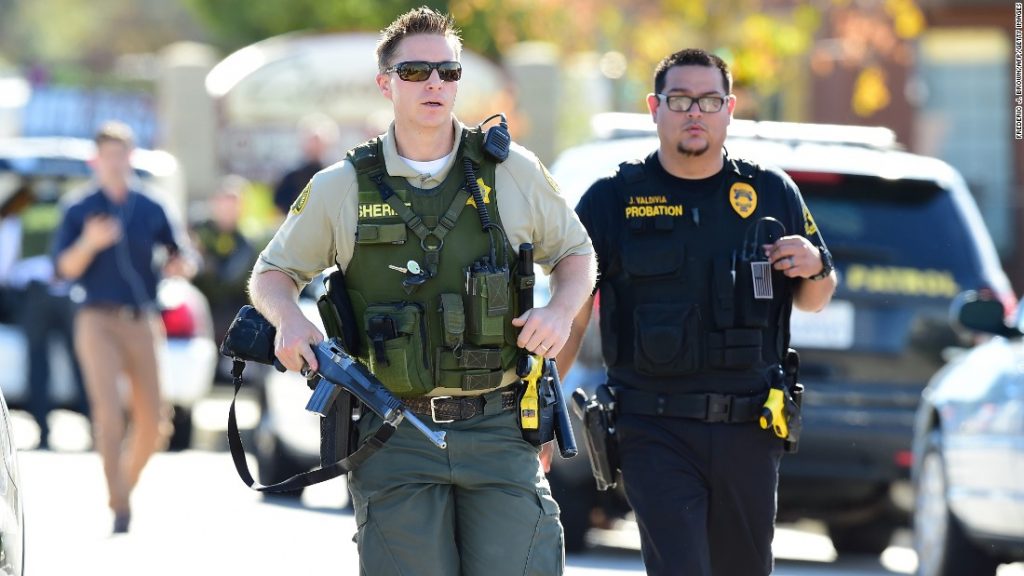
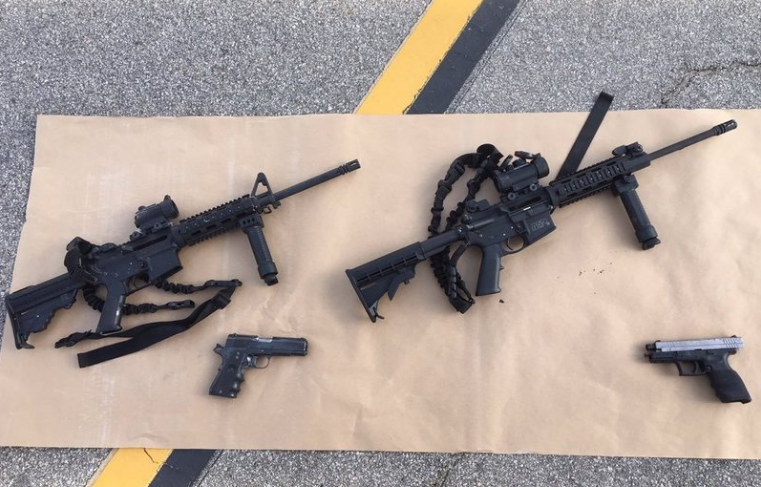
In another ISIS inspired attack, Syed Farook and his wife Tashfeen Malik, opened fire at the San Bernardino Inland Regional Center during a Christmas party, the site of employment for Farook. Fourteen victims were killed, and twenty-four were wounded in the attack. Both assailants utilized 5.56 semi automatic rifles and 9mm semi automatic pistols. Additional improvised explosive devices were later found, which failed to detonate.
Farook, who had been in attendance at the Christmas party, had left half way through and returned with firearms, engaging those outside of building and inside of the conference room. The shooting lasted only three to four minutes before Farook and Malik fled in a rental vehicle.
The Police were able to respond four minutes after the 911 call, approximately eight minutes after the shooting began. In addition, the San Bernardino SWAT team was conducting training nearby, allowing them to respond within eleven minutes. Despite this rapid response time, the assailants had already departed the scene.

Police went to the home of the assailants, where they were seen entering the rental car. A high-speed pursuit and gunfight ensued over a period of fifteen minutes, in which over five hundred rounds were fired. Farook and Malik were killed in the gun battle.
In the ensuing investigation, thousands of rounds and multiple pipe bombs were found are the residence of the couple. A neighbor who had also held sympathetic extremist views was arrested for providing arms to the couple.
CASE STUDY: Charlie Hebdo
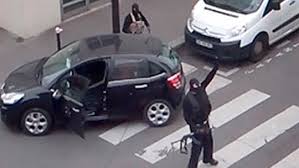
Two brothers, Said Kouachi and Cherif Kouachi, attacked the offices of the newspaper Charlie Hebdo, which had recently published a satirical cartoon of the Islamic prophet, Mohammed. Both brothers had been involved in extremist Islamic organizations within Paris and had received training in Yemen.
They were heavily armed with 7.62 automatic rifles, shotguns, pistols, rocket propelled grenades (RPG), and Malatov Cocktails. After forcing a journalist to allow them to enter the Charlie Hebdo building, they killed multiple journalists and seemed to specifically target Stephane Charonnier who had portrayed Mohammed in the comic. The attack inside of the Charlie Hebdo office lasted only five to ten minutes.
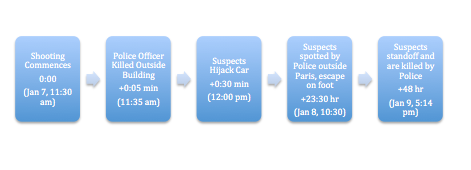
The brothers left the building and attempted to flee as a Police vehicle attempted to block the street. The gunmen shot the police car and killed the police officer before hijacking another vehicle in which they fled the city.
A multi day pursuit of the brothers ensued, with both Police and Military forces utilized in the manhunt. A concurrent hostage situation arose with an accomplice of the Kouachi brothers at a Jewish market, in which four hostages were killed.
The brothers took refuge in a building in a town outside of Paris, and were eventually killed as law enforcement attempted to enter from the roof.
Changes to Police Strategy and Tactics
We asked two Law Enforcement professionals about the changing dynamics in response to active shooter scenarios. Here are their responses:
Change in Tactics Associated with Active Shooter(s)
- Immediate Intervention – The first officers on scene make immediate entry to reduce or remove the threat. Do not wait.
- Public Training – Teaching citizens how to best respond in the event of an active shooter. Run, hide, fight.
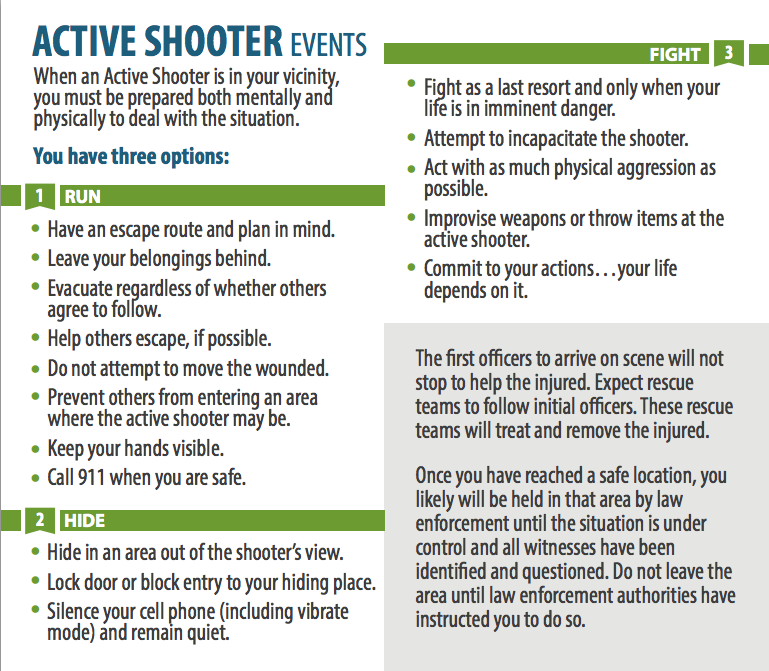
- Law Enforcement First Aid – Similar to Tactical Combat Casualty Care (TCCC) used by non-medics in the military, police officers are able to provide immediate life saving aid to those in need. Transport of critical patients in squad cars as opposed to waiting for ambulances to arrive.
- Cross Training with Fire/EMS – Ability to establish secured areas where medics are quickly able to triage and treat casualties. Addition of TacMedics in to SWAT units to provide immediate on scene treatment.
- Breaching Tools for Patrol – Patrol officers provided with mechanical breaching tools to speed entry into denied buildings or rooms.
- Planning for synchronized attacks…in multiple locations by multiple assailants, as displayed in the Paris and Mumbai attacks.
Further Questions
The shootings overviewed in this article raise several questions to the organization, equipping, and training of the patrol officers tasked with first response to active shooter incidents. Each case brought about several questions specific to the event.
LE personnel – we’d appreciate your comments and answers.
Outgunned?
Red-dot equipped, AR15’s are the weapon of choice for most active shooters. It seems most patrol officers carry long rifles in their vehicles, but as San Bernadino suggests, perhaps not all are red-dot equipped, or have large capacity magazines. The Charlie Hebdo attackers carried AK variants and RPG’s.
Under-Equipped?
It’s striking to compare a fully kitted-out SWAT team member to a repsonding patrol officer in the photos from these incidents. The SWAT team member is wearing a full on plate carrier (not just soft armor) helmets and red dot/flashlight-equipped carbines. We struggled to find photos of patrol officers wearing plate carriers and were unable to find any patrol officers wearing protective helmets.
Under-Trained?
Are patrol officers regularly trained in small unit tactics, including CQB, similar to those employed at the team and squad level in the military and SWAT? What about training to clear a building as a single officer or with just two patrolmen?
What does this mean for SWAT?
At a certain point in the active shooter incident timeline, the situation transitions to a SWAT team response. Part of this transition depends upon the SWAT team’s response time. It can also be dictated by the shooter – this seemed to occur when the shooter barricaded himself and/or took hostages.
Is there a way to shorten SWAT response times – if and entire 15-man team, perhaps smaller “reaction forces” of 2-5 fully equipped, trained, members? Has any agency investigated this?
After Action Reports/Information Sharing?
The officers we contacted related that incident/after action/lessons learned reports from these incidents are not widely disseminated or available for law enforcement personnel in contrast to military combat engagements. We suspect this could be caused by the multiple layers of LE personnel and agencies – city, county, state, federal, etc. Did we miss something? Is there a secure, central resource for active shooter AAR/incident reports?
We want to hear comments, concerns and answers to these questions from our Law Enforcement Athletes.
Create your own user feedback survey
Question, comments, concerns?
Email charles@mtntactical.com
Sources
http://www.wfaa.com/news/crime/how-the-downtown-dallas-shooting-developed/267167395
http://www.breitbart.com/big-government/2015/12/03/timeline-san-bernardino-shooting/
http://www.cnn.com/2016/01/05/us/san-bernardino-terrorist-attack/
http://nymag.com/daily/intelligencer/2016/07/dallas-protest-shooting-timeline.html
https://www.dhs.gov/xlibrary/assets/active_shooter_booklet.pdf
http://www.cnn.com/2015/01/08/europe/charlie-hebdo-attack-timeline/
http://www.slate.com/blogs/the_slatest/2015/01/09/charlie_hebdo_timeline_all_the_major_events_in_the_paris_terrorist_attack.html
STAY UPDATED
Sign-up for our BETA newsletter. Training tips, research updates, videos and articles - and we’ll never sell your info.
